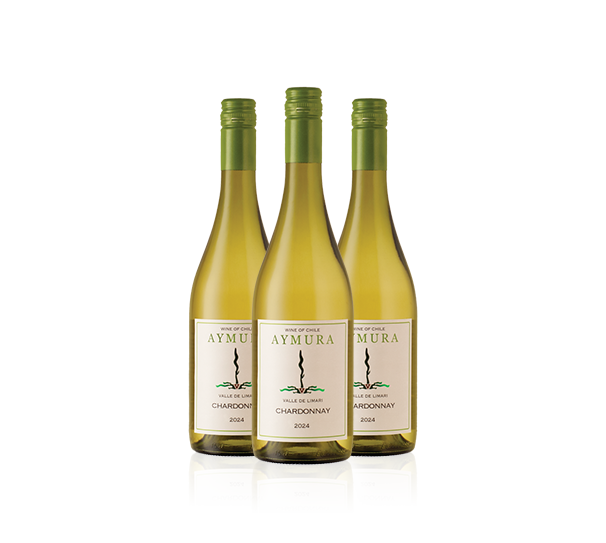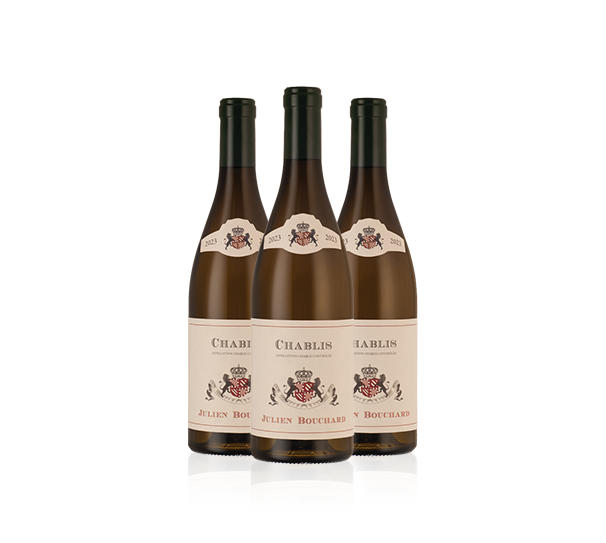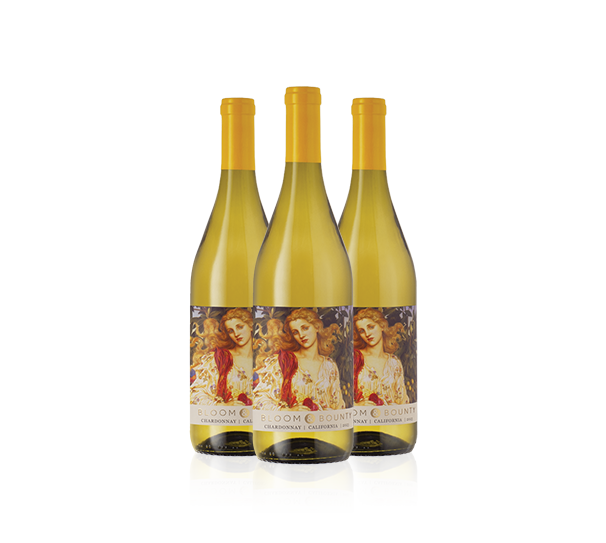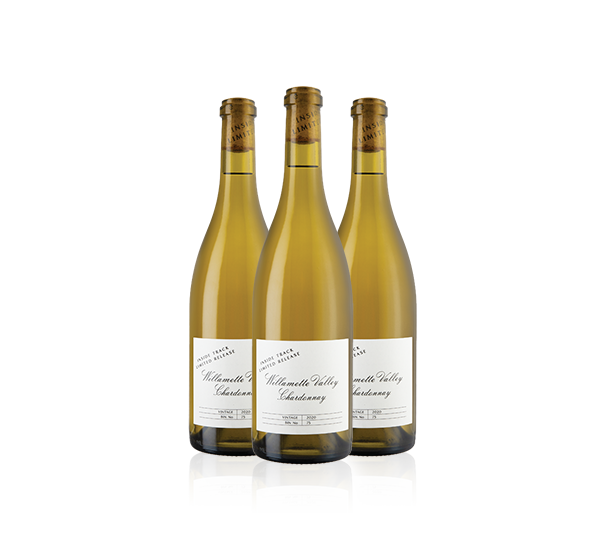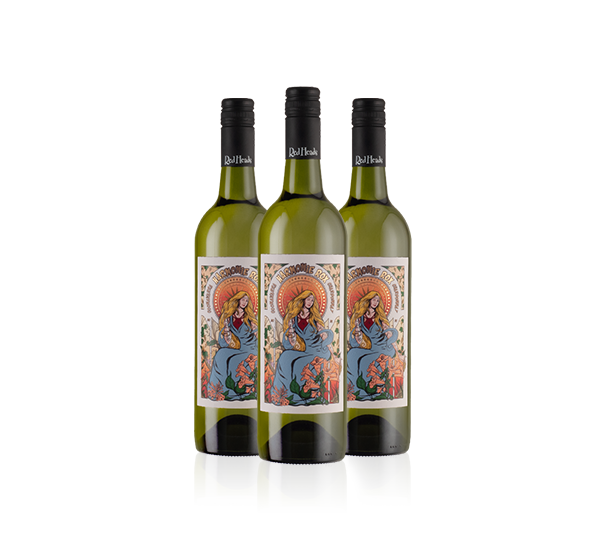Filter by
- $24.99 per bottle12 bottles - $299.88$269.88 Unlimited Member Price
- $40.99 per bottle12 bottles - $491.88
- Brand New Chilean Chardonnay—$15 Off3 bottles - $71.97
- Top-Estate Chablis Discovery3 bottles - $104.97
- Blooming California Chardonnay—$15 Off3 bottles - $59.97
- Top-Secret Oregon Chardonnay—$15 Off3 bottles - $122.97
- Sunny Aussie Chardonnay—$15 Off3 bottles - $74.97
- $22.99 per bottle12 bottles - $275.88$248.28 Unlimited Member Price
- $49.99 per bottle12 bottles - $599.88$539.88 Unlimited Member Price
- $29.99 per bottle12 bottles - $359.88$323.88 Unlimited Member Price
- $15.99 per bottle12 bottles - $191.88$172.68 Unlimited Member Price
- $19.99 per bottle12 bottles - $239.88$215.88 Unlimited Member Price
- $22.99 per bottle12 bottles - $275.88$248.28 Unlimited Member Price
- $18.99 per bottle12 bottles - $227.88$205.08 Unlimited Member Price
Wine FAQs
What Is Chardonnay?
Versatile, complex, and with a delightful character, Chardonnay produces some of the world’s finest white wines, including Champagne and Chablis. Chardonnay grapes are characteristically green-skinned and are known to adapt well to different climates, allowing for the production of a wide variety of wine styles.
We’ve got the perfect Chardonnay wine for you—whether you’re a fan of oaky, buttery whites or leaner, more mineral-driven tones—whatever the occasion.
Where Is Chardonnay Grown?
Chardonnay’s origins lie in Burgundy, Eastern France, where the most prestigious Chardonnay wines are produced. However, it is now grown in many parts of the world, including California, New Zealand, Australia, Chile, and South Africa. Due to its incredible versatility, where Chardonnay is grown has a mouthwatering effect on the wine it produces.
What Is Chardonnay’s Style and Character?
There’s a Chardonnay for everyone.
Chardonnay wines vary in style, depending on the climate and soil in which they are grown. Typically, Chardonnay is medium-full-bodied, with moderate to high acidity and alcohol. Chardonnay wines are generally dry, although sweeter versions do exist. Some Chardonnays are aged in oak barrels, which gives them a richer, creamier texture.
What Does Chardonnay Taste Like?
Location, climate, and winemaking techniques greatly affect a Chardonnay’s taste. One glass may offer refreshingly clean, mineral flavors, while another wine can be fuller and richer with buttery vanilla undertones.
With its broad range of flavors, a wine’s taste is determined by how it’s fermented, whether it’s made in oak barrels or steel tanks, and the climate in which the grape is grown.
Unoaked Chardonnay produces wines with a light golden tinge and flavors, including:
- Green apple
- Lemon
- Blossom
- Citrus
- Mango and pineapple, when grown in warmer climates
Chardonnay wines aged in oak barrels often have a deeper golden color and feature typical flavors, including:
- Butter
- Vanilla
- Toast
- Caramel
- Oatmeal
- Baking spices
How to Pick a Good Chardonnay?
It’s hard to go wrong with Chardonnay, because there’s a style to suit every palate.
Oaked Chardonnay is a good choice for anyone who prefers smooth, creamy wine, so look for Chardonnays made in Australia, California, or Argentina. But if you prefer a dry, mineral-style white wine, then an unoaked bottle of Chardonnay from France (whose Burgundy region is home to the most sought-after and expensive Chardonnays in the world), Oregon, South Africa or New Zealand may be the perfect choice.
What Food to Pair With Chardonnay?
Unoaked Chardonnay pairs well with heartier foods, such as cured meats and rich cheeses like Brie, to creamy dishes, such as risotto. Mushroom dishes will also pair perfectly with an unoaked Chardonnay.
Oaked Chardonnay offers a more complex taste, so avoid pairing it with dishes loaded with salt, sugar, or spice, which can conflict with the wine. Seafood is a match made in heaven for oaked Chardonnay—think pan-fried scallops, crab cakes, clams, or shellfish.
How to Serve Chardonnay?
Serve Chardonnay chilled for optimum aromas and flavor. The ideal serving temperature for a Chardonnay can depend on the style of Chardonnay you choose. Refrigerating or placing your Chardonnay in an ice bucket half an hour before serving will chill it to around 51-55°F, which is a good temperature for this wine, but you can also chill it for longer to around 48°F for a leaner, crisper wine.
Chardonnay is best served in a glass with a wide bowl and a narrow rim, which allows the wine to move freely, then focuses the delicious aromas as they reach you.




